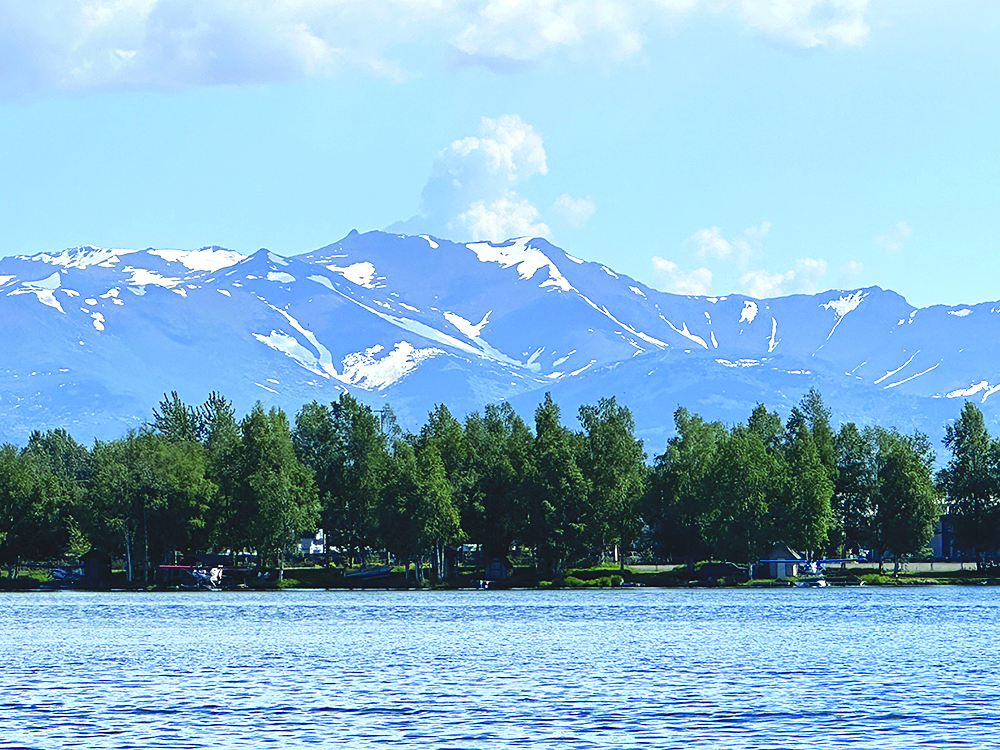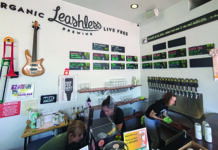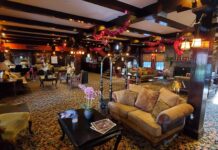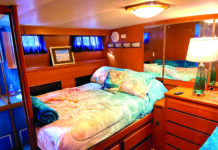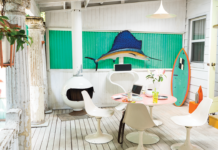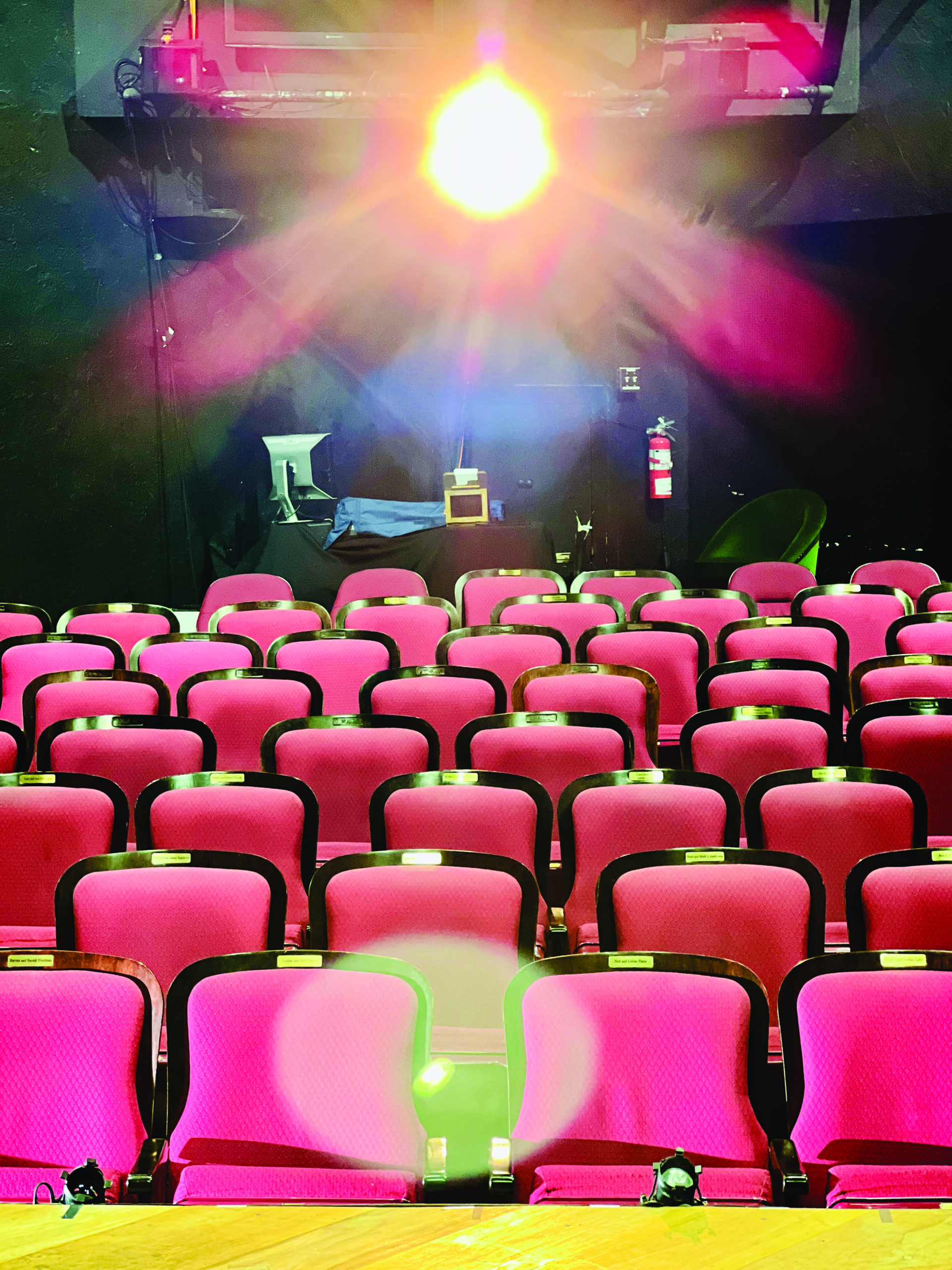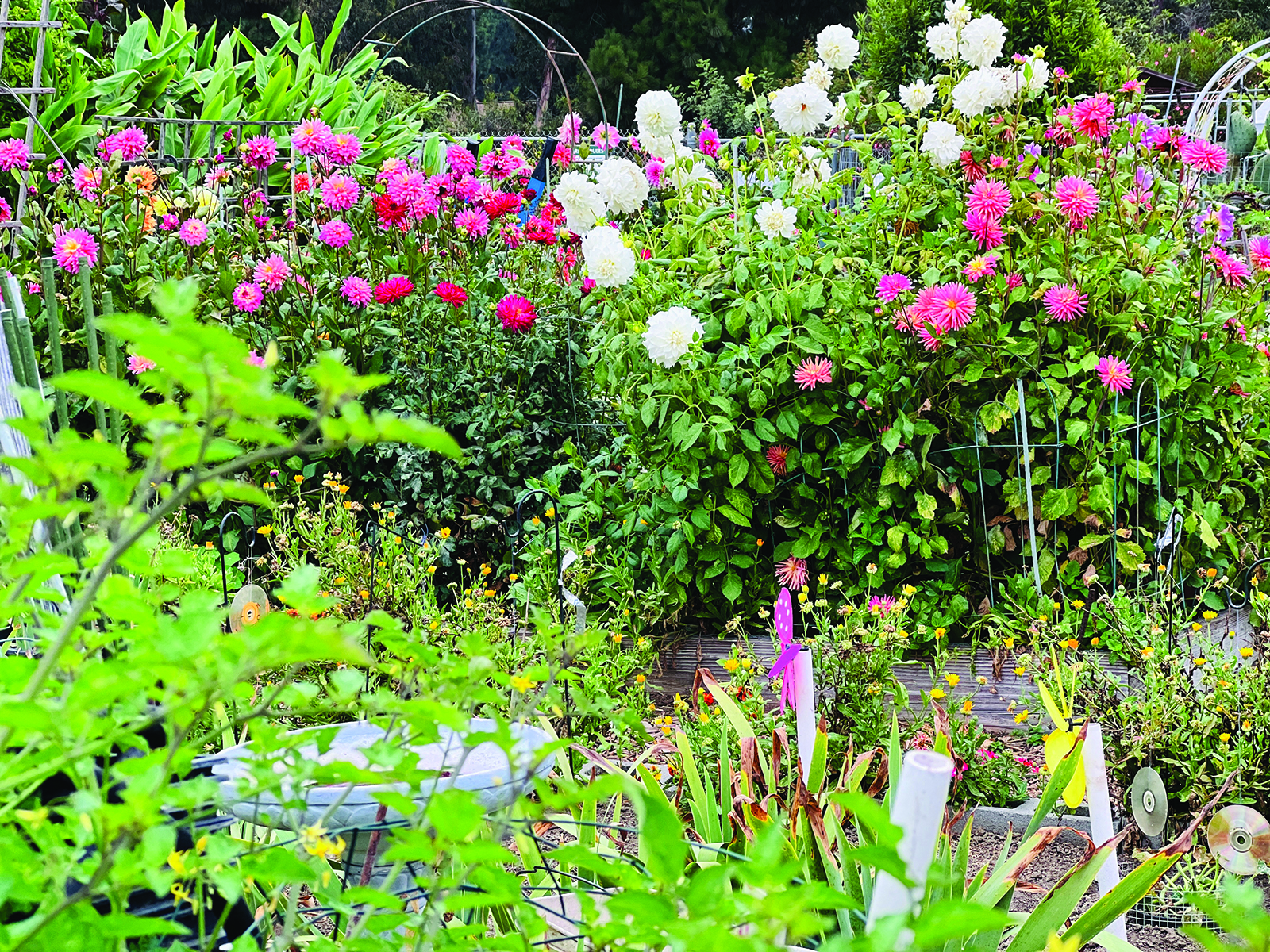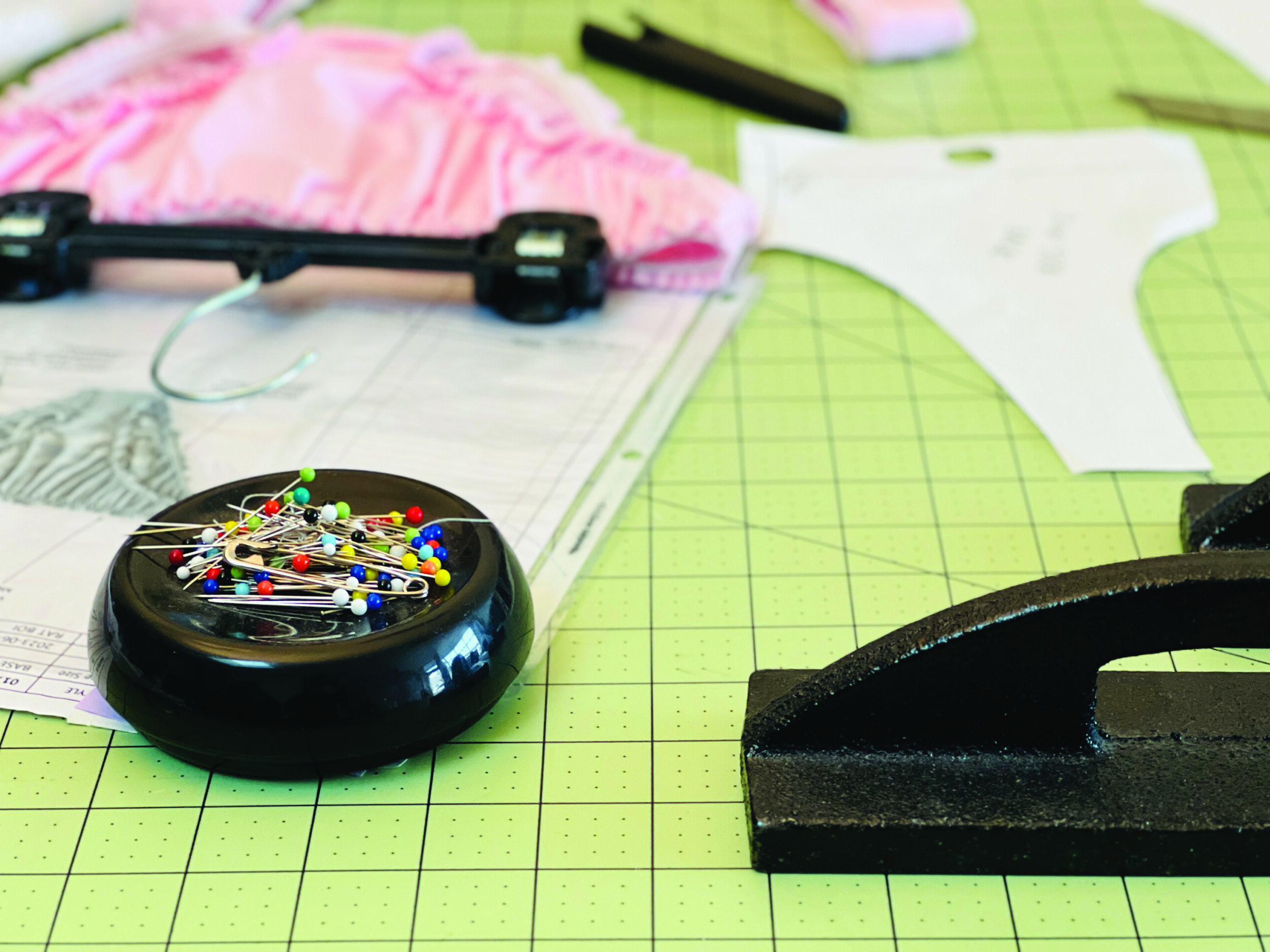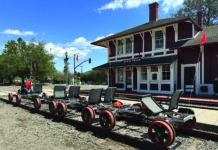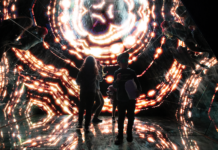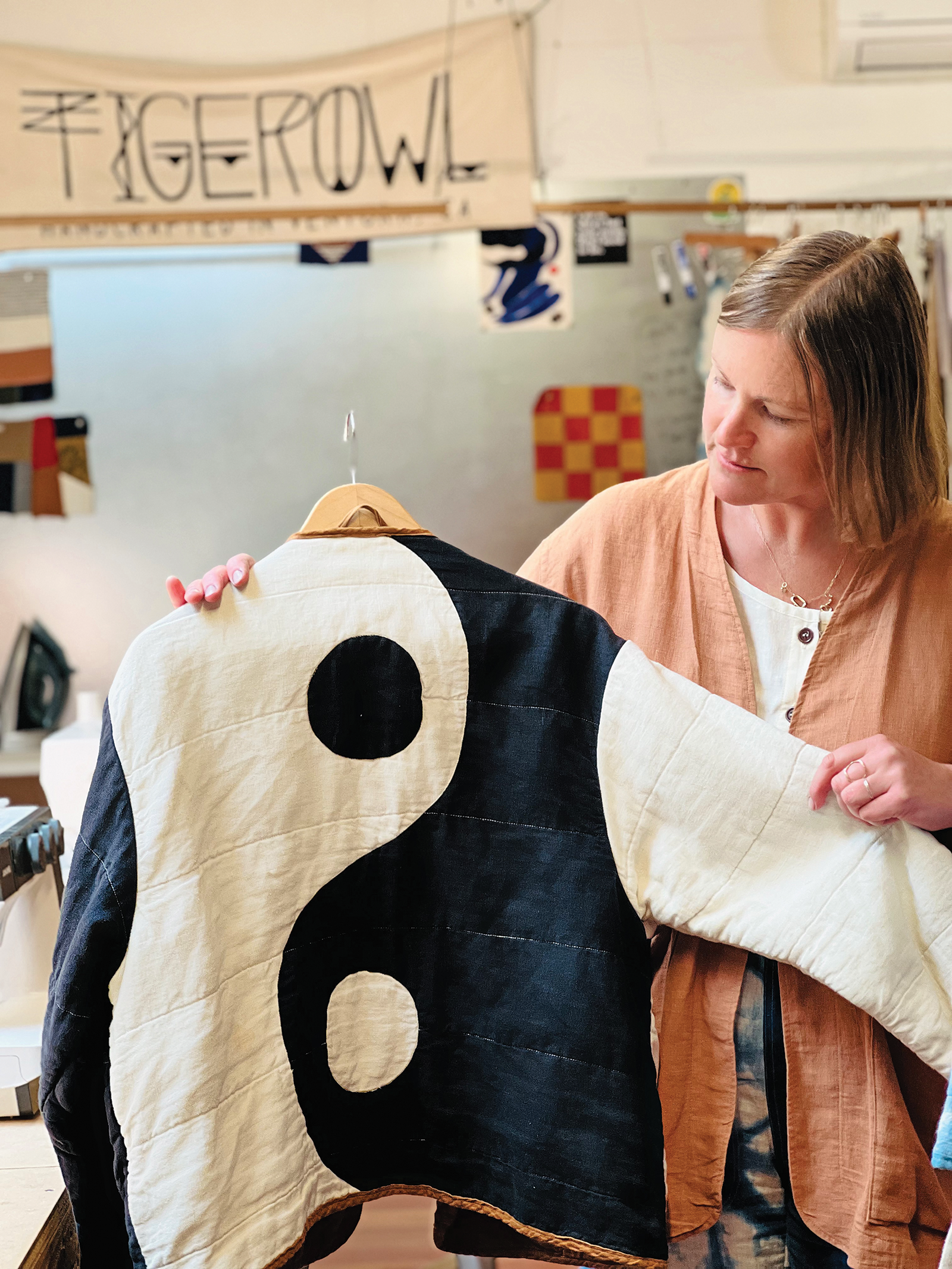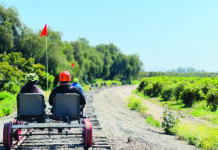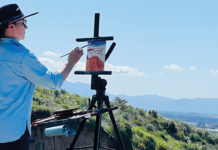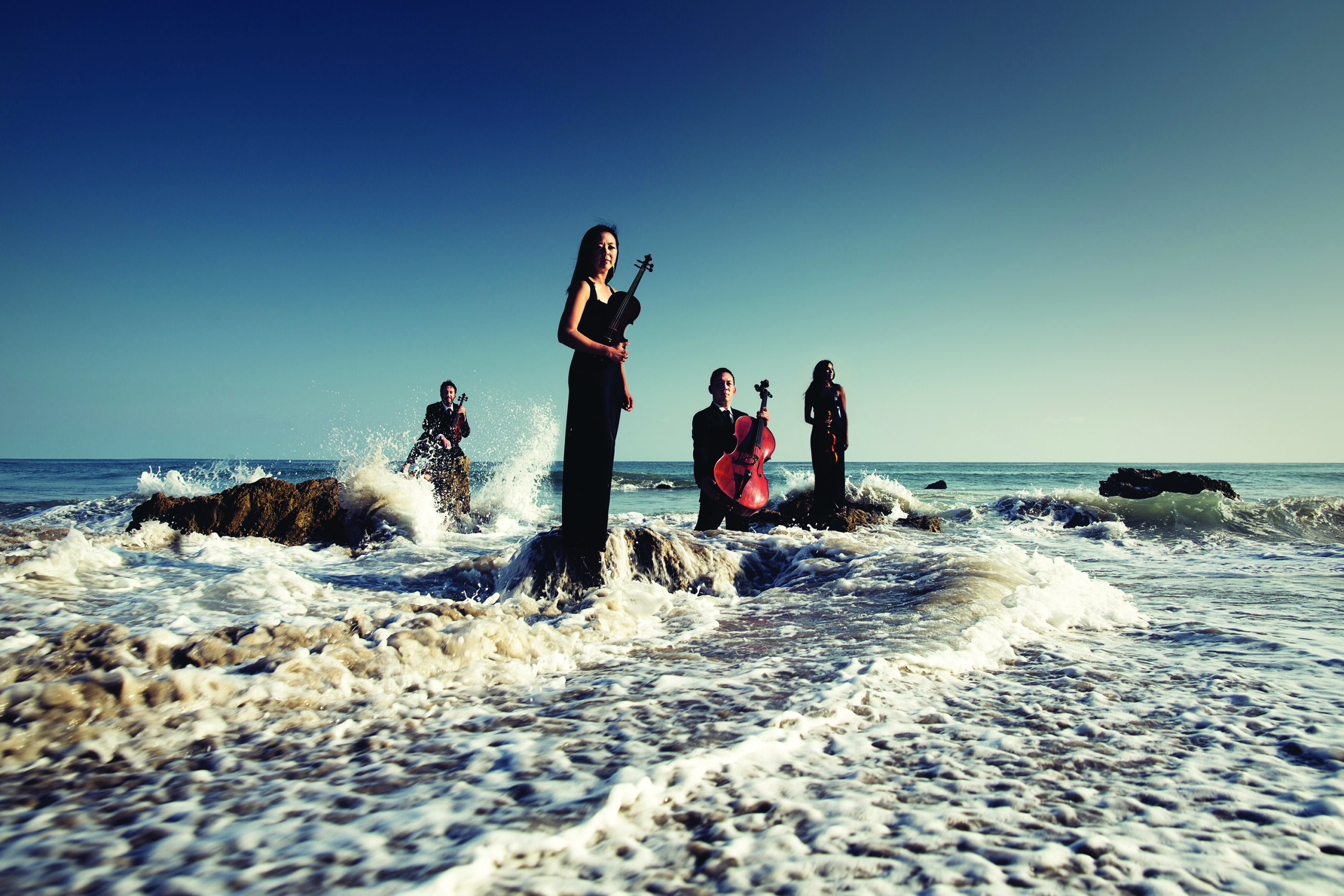By Christina Fuoco-Karasinski | Photos by Dave Karasinski
Gazing out the window of the Alaska Airlines aircraft flying northwest from Phoenix to Anchorage, the sun never fully sets. Lines of snow-capped mountains resemble sleeping zebras.
Landing at 12:30 a.m., the sun was still beaming, albeit teasing a slight dusk that didn’t diminish before reaching the Hilton Anchorage Downtown.
Saturday, June 15
On the longest day of summer, Anchorage can have up to 22 hours of daylight. In June, Alaska’s daylight hours typically peak at 19 hours, and even when the sun is down, the night is still twilight. Yet it’s not that difficult to sleep as hotels like the Hilton Anchorage Downtown have blackout curtains.
In the morning, the popular breakfast joint, Snow City Café, is apparently the place to be. The café appeals just as much to the adventurous (tundra scramble with reindeer sausage) as it does to Plain Janes (stuffed French toast). Local flavors abound with the crabby omelet (snow crab) and Kodiak (red king crab cakes).
The celebration of all things Anchorage goes beyond the entrées, however. Artists’ works adorn the walls of the bustling diner, where guests can wait up to an hour for a table.
Adjacent to the Hilton is the Anchorage Market & Festival, which is held every Saturday and Sunday. Local acoustic artists perform on a side stage as tourists fervently search for souvenirs that scream “Alaska,” like kitchen tools made with animal antlers and wood fashioned into wall art. For the kiddos, there’s the Ferris wheel and carousel.
The perfect first-day activity, however, is the Anchorage Trolley Tours, red buses that meander around the city. The 15-mile narrated tour features guides who share cultural and historical trivia and lore past and present. The ride allows guests to watch seaplanes splash-land on Lake Hood, stop at scenic viewpoints with mountain and ocean vistas, and travel through Earthquake Park.
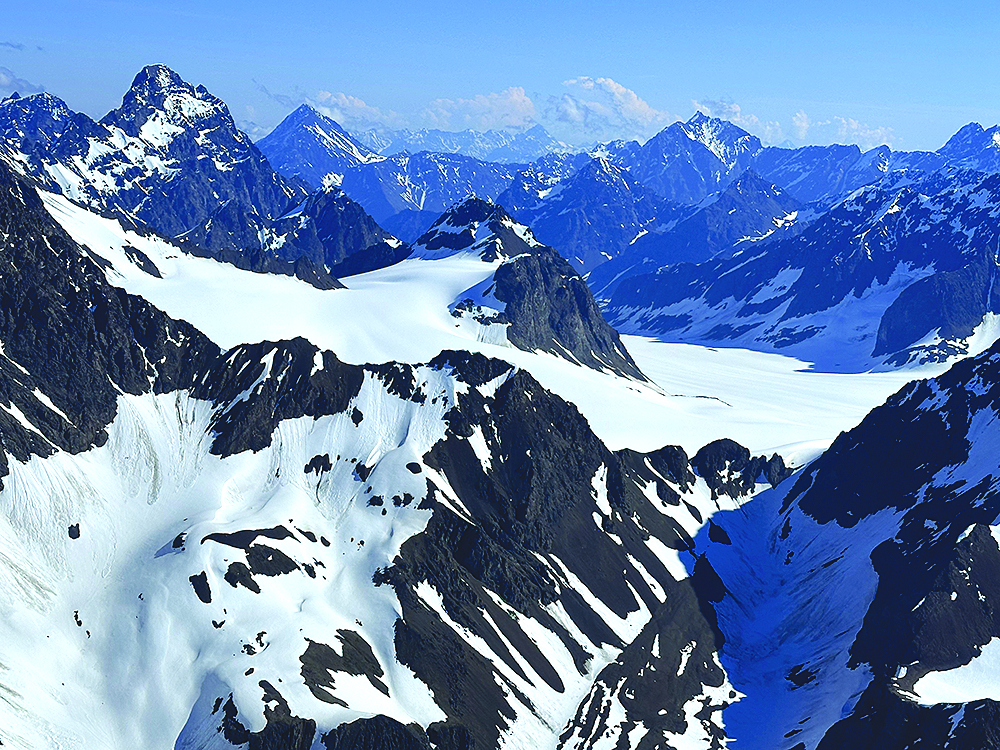
Among the other stops is Ship Creek, a favorite spot for local fishing and shorebird viewing near downtown in the industrial environment of the Port of Anchorage. Families and couples lined up along Ship Creek, cognizant of the tide as it rises and falls approximately 28 feet every 12 hours.
Ship Creek was named such because vessels transporting coal anchored there to transfer it to trains.
As the tour traveled along, the tour guide warned passengers of the dangerous wildlife, like bears and moose, the latter of which can grow to 9 feet tall and 1,600 pounds. Moose can eat 701 pounds of local willow trees per day.
On Good Friday 1964, Anchorage suffered a catastrophic 9.3-magnitude earthquake that lasted 4 minutes and 38 seconds. The next stop was Earthquake Park, where the quake caused the ground to drop 40 feet in places. Consequently, wave-like grassy hills formed, which are now utilized for mountain biking.
Mountains such as T’etniya (Mount Torbert) and Dghelishla (Mount Susitna) across from Turnagain Arm were majestic. Turnagain Arm was named for Capt. James Cook, who was forced to maneuver when sailing the Northwest Passage in 1778. The vista of Anchorage’s beauty from just outside of downtown is stunning, especially along the Tony Knowles Coastal Trail.
Sunday, June 16
The Alaska Railroad Glacier Discovery Train was the transportation of choice to Whittier on this day. Along the way, passengers are treated to views of snow-capped mountains, waterfalls and petrified trees. The petrified trees are sobering historical reminders of the 1964 earthquake.
The guide — the 17-year-old knowledgeable Johanna Sims — described Bore Tide, when low tide and high tide meet and create 10-foot waves. Sims warned of mud-like shores formed by silt from the mountains corroded by glaciers. The ground can act like quicksand, and she warned against walking on it.
From there, we boarded a small cruiser, courtesy of Phillips Cruises & Tours, for a look at Prince William Sound, and the wonders of glaciers and wildlife. Sea otters and sea lions hung out on a buoy near the astonishing, light blue glaciers.
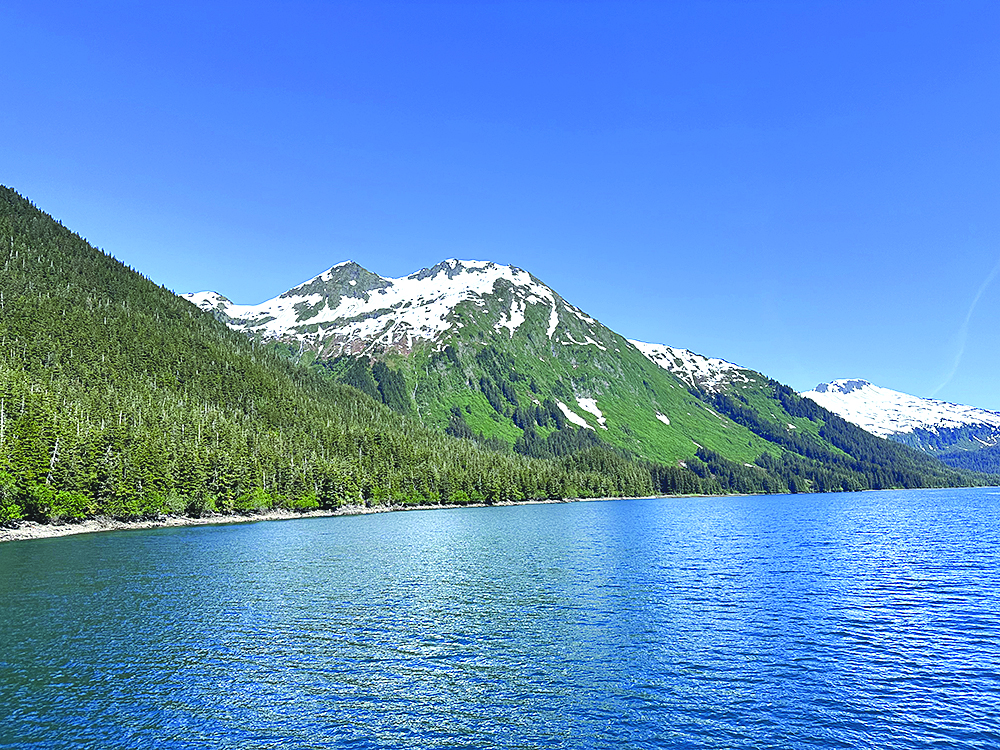
Glacier ice is blue because the red (long wavelengths) part of white light is absorbed by ice and the blue (short wavelengths) light is transmitted and scattered. The longer the path light travels in ice, the bluer it appears, according to the USGS Water Science School.
Parts of glaciers crumbled into Prince William Sound, a sad reminder of climate change. The glacier’s enormity was put into perspective when a lone kayaker paddled near it.
On a mountainside, we witnessed a bald eagle thinking about its choice of dinner. Occasionally, a flock of seagulls swooped around the eagle to deter it. After the lengthy cruise, we returned to the Chugach Express back to Anchorage, arriving at 9:30 p.m.
Monday, June 17
The retro Sami’s City Diner was a delicious — but cautious — way to dine before Rust’s Flying Services’ floatplane tour. The jaunt is meant to expose tourists to wildlife and views of majestic glaciers. The wildlife was witnessed before the flight, however — near Downtown Anchorage, a moose noshed on plants.
The Cessna aircraft’s takeoff was smooth and enjoyable, even for nervous flyers. As we gained altitude, the skyline of Downtown Anchorage became a peppered image of tiny buildings.
Admittedly, the three-hour floatplane, piloted by Mark Stadsklev, was the favored way to see glaciers. We landed near one, but due to the tide, we could not dock. Stadsklev, who doubles as a photographer featured on the BBC, found another spot to land. We were surrounded by beauty — waterfalls, streams and green trees. He allowed us time to take photos before taking off to return to the seaplane base. Along the way, we eyed wildlife: mountain goats in the snow, and the camp where the Iditarod dogs live. The Iditarod Trail Sled Dog Race, a 1,150-mile journey from Anchorage to Nome, only allows northern dog breeds to compete. The most common breeds used in the race are Alaskan Huskies and Siberian Huskies.
The day continued with a meal at Bread & Brew, a small sandwich shop with killer 1990s music that offered several options of grilled cheese with a tomato bisque side.
The next stop was the Alaska Native Heritage Center, another of the trip’s highlights (not that there were lowlights). The grounds surrounding the venue housed re-creations of Native homes. Teenagers shared stories of Native history. Inside, the young adults demonstrated Alaskan sports that their ancestors used to keep fit for hunting season or even survival. Clad in traditional dress, the teens offered a sampling of traditional songs and dances using drums.
One of the day’s final stops was Glacier Brewhouse, which offers salmon, halibut and crab, as well as steak and chicken. Of note are the barbecue wings with coleslaw and jalapeno cornbread and peppercorn steak with mashed potatoes and vegetables. (Seafood allergies precluded us from imbibing.)
Wild Scoops is an interesting choice for dessert, as the staff uses local ingredients to create ice cream flavors like vanilla bean and rhubarb crumble.
Tuesday, June 18
South Restaurant & Coffeehouse further shared Alaskans’ love of reindeer meat. The Polar Bear Breakfast featured reindeer sausage, pancakes and two eggs.
The nourishment was perfect for the drive on New Seward Highway along the spruce-, birch- and alder-lined Turnagain Arm. Waterfalls trickled down rocks by the sides of the highway, offering views of the Chugach Mountains.
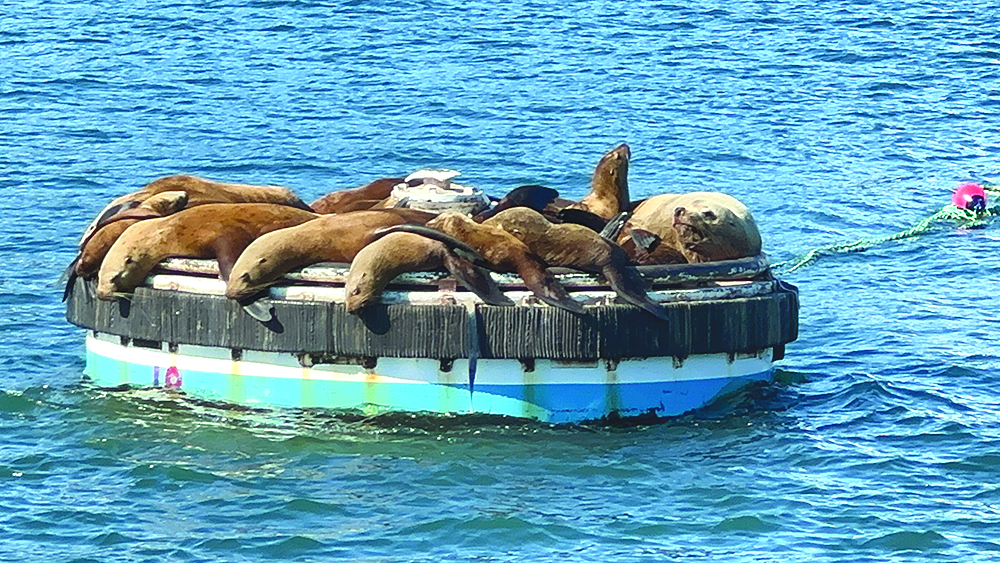
The Alaska Wildlife Conservation Center is a must-see for any visitor. The grounds serve as a caring home to injured or abandoned wildlife (bison, musk ox, moose, reindeer, black and brown bears, caribou and bald eagles). The star of the show is the black bear Kobuk, who reigns over the Black Bear Encounter.
We went from wildlife to the high life with a visit to the Alyeska Hotel, which offers a 7-minute suspended tram ride that hugs Mount Alyeska at an elevation of 2,300 feet. Upon arriving at the top, we were greeted by several restaurants and a museum/gift shop. The eateries included Seven Glaciers, which provides a beautiful, panoramic view of the area.
The day wrapped up with a meal at Moose’s Tooth Pub & Pizzeria, known for its tasty thin-crust pies and sesame soy salad (mixed greens tossed in a sesame soy dressing with almonds, AK bean sprouts, red peppers, carrots, mandarin oranges and cabbage).
Pies include macaroni and cheese (complete with reindeer sausage), the barbecue sauce-covered Avalanche, or the Brewhouse Favorite, which features Italian or chorizo sausage, sun-dried tomatoes, red onions, mozzarella, provolone, parmesan and Denali sauce (a puree of spinach and ricotta).
Anchorage makes many a bucket lists — and rightly so. Whether travel is through planes, trains or automobiles, this is a dream come true.
For complete information about Anchorage
go to Visit Anchorage’s site, anchorage.net


